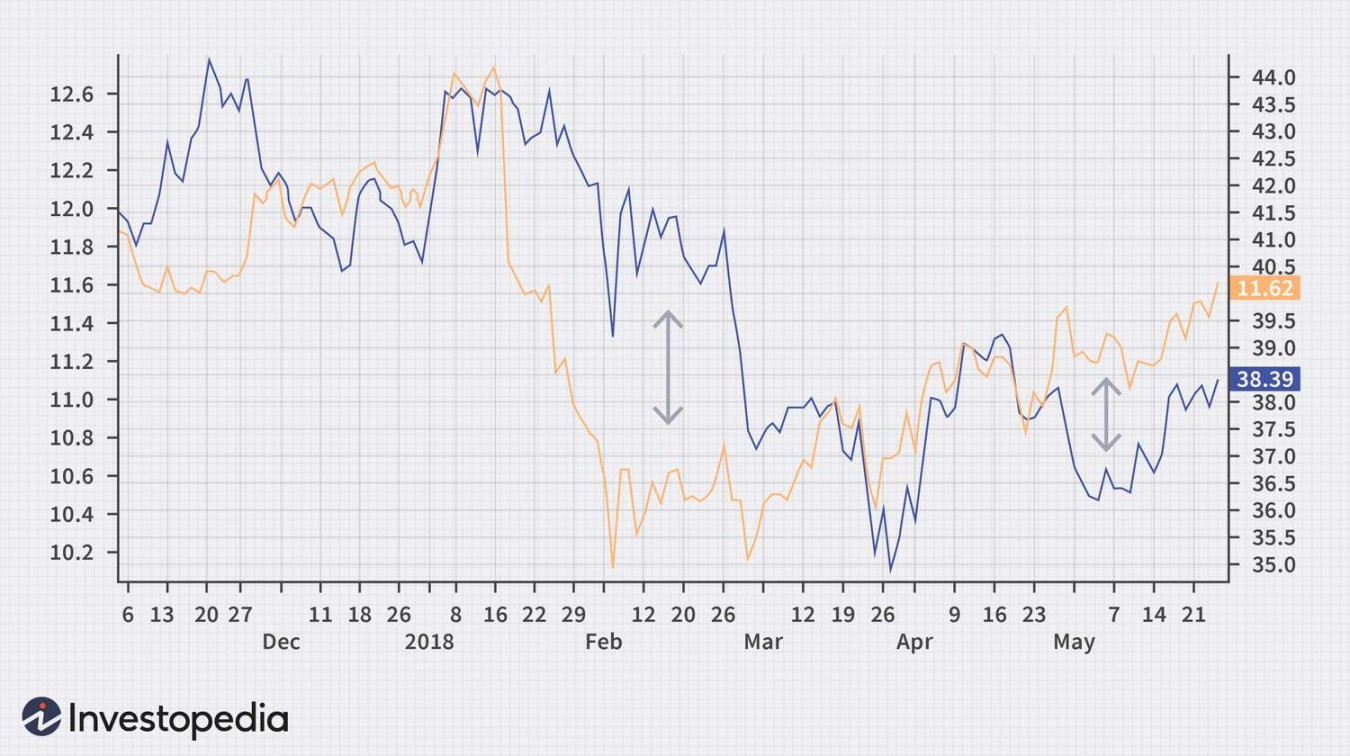Statistical Arbitrage Strategies: A Comprehensive Guide

Introduction
In the dynamic realm of finance, statistical arbitrage emerges as a sophisticated trading strategy that capitalizes on market inefficiencies to generate profits. By meticulously analyzing vast amounts of data and employing complex algorithms, statistical arbitrageurs seek to identify and exploit fleeting discrepancies in asset prices across various markets or exchanges. This intricate approach demands a deep understanding of quantitative finance, coupled with robust analytical skills and computational prowess.
Understanding Statistical Arbitrage
At its core, statistical arbitrage hinges on the principle of exploiting price discrepancies between seemingly identical or closely related securities. These inefficiencies, often attributed to market frictions, behavioral biases, or data anomalies, present opportunities for astute traders to capture profits by simultaneously buying and selling the mispriced assets.
The foundation of statistical arbitrage lies in the identification and quantification of these price discrepancies. This often involves employing sophisticated statistical models and algorithms that meticulously analyze vast datasets, encompassing historical price movements, market trends, and other relevant factors. By extracting patterns and uncovering hidden relationships within these data troves, statistical arbitrageurs aim to discern potential arbitrage opportunities.
Implementation of Statistical Arbitrage Strategies
The implementation of statistical arbitrage strategies typically involves a multi-layered approach that encompasses data acquisition, model development, trade execution, and risk management.
1. Data Acquisition: The first step entails gathering a comprehensive dataset that encompasses the relevant financial instruments, market prices, and other pertinent information. This data is often sourced from various exchanges, market data providers, and proprietary sources.
2. Model Development: Statistical arbitrageurs construct sophisticated models that incorporate complex algorithms and statistical techniques to analyze the acquired data. These models are designed to identify and quantify price discrepancies, assess potential arbitrage opportunities, and evaluate the associated risks.
3. Trade Execution: Once promising arbitrage opportunities are identified, traders swiftly execute trades to capitalize on the price discrepancies. This involves placing orders across multiple markets or exchanges, ensuring efficient execution and minimizing market impact.
4. Risk Management: Risk management plays a paramount role in statistical arbitrage. Traders must carefully monitor market conditions, assess potential risks associated with each trade, and implement appropriate risk mitigation strategies to safeguard their capital.
Applications of Statistical Arbitrage
Statistical arbitrage strategies find application across a diverse range of financial markets, including:
1. Equity Markets: Arbitrageurs may exploit price discrepancies between stocks listed on different exchanges or between different trading platforms within the same exchange.
2. Fixed Income Markets: Opportunities arise from mispriced bonds, interest rate swaps, and other fixed-income instruments.
3. Derivatives Markets: Statistical arbitrage can be employed in derivatives markets, such as futures options, to capitalize on price discrepancies between related underlying assets.
Considerations and Potential Risks
Despite its potential for generating profits, statistical arbitrage is not without its challenges and inherent risks.
1. Market Dynamics: The effectiveness of statistical arbitrage strategies hinges on the persistence of market inefficiencies. As market participants become more sophisticated and trading technologies advance, these inefficiencies may diminish, reducing arbitrage opportunities.
2. Execution Costs: The execution of arbitrage trades can incur significant transaction costs, which may erode profit margins, particularly for low-profit opportunities.
3. Technological Complexity: Developing and maintaining robust statistical arbitrage models requires substantial computational resources and expertise, making it an accessible strategy only for well-resourced firms and institutions.
4. Market Impact: Large-scale arbitrage trading can potentially impact market liquidity and volatility, necessitating careful execution strategies to minimize market disruption.
5. Regulatory Scrutiny: Statistical arbitrage strategies may attract regulatory scrutiny due to their potential impact on market dynamics and the risk of market manipulation.
Information and Resources
1. ”Statistical Arbitrage: Quantitative Methods in Finance” by Emanuel Derman
2. ”Arbitrage: Profiting from Price Differences” by Nicolas Taleb
3. ”The Master Algorithm: How the Quest for the Formula of Wall Street Moved Markets, Made Billions, and Broke Capitalism” by Lance McMillan
4. ”Quantitative Trading Strategies” by Francesco Quarchioni
5. ”The Journal of Quantitative Finance”
Conclusion
Statistical arbitrage stands as a sophisticated trading strategy that leverages quantitative analysis and algorithmic trading to capitalize on market inefficiencies. By meticulously identifying and exploiting price discrepancies, statistical arbitrageurs seek to generate profits amidst the complexities of financial markets. However, this approach demands a deep understanding of quantitative finance, coupled with robust analytical skills, computational expertise, and effective risk management strategies. As market dynamics evolve and technological advancements reshape the financial landscape, the effectiveness of statistical arbitrage strategies may face challenges, necessitating continuous adaptation and innovation.
FAQs
Traditional arbitrage involves exploiting price


